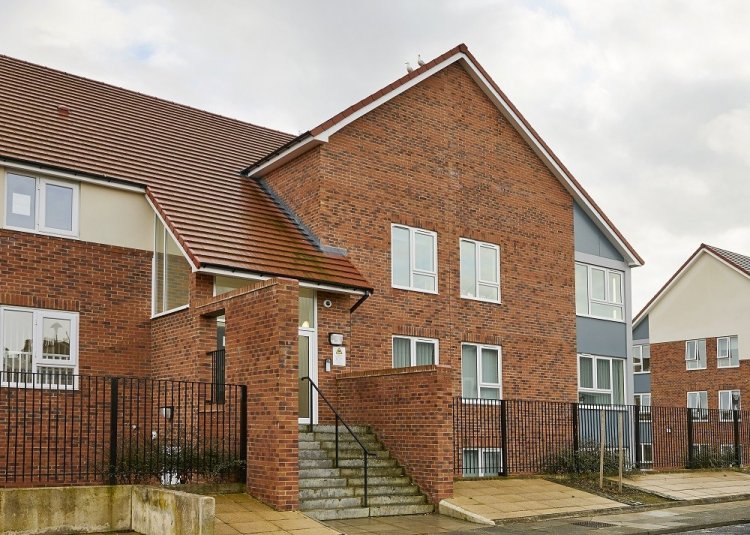- Find a home
-
Customers
- Welcome to Thirteen
- Frequently Asked Questions
- My Thirteen site
- Paying rent and charges
- Report it
- Find out
- Building safety
- Advice and support
- Regeneration and communities
- Leaseholders and shared ownership
-
Services
- Housing for vulnerable and older people
- Care and support
- Homelessness support
- Employment support
- Domestic abuse support
- Mental health support
- Support for ex-offenders
- Get involved
- News
- About us
- Jobs
- Contact us
Local Housing Allowance – Part 2
For the majority of our tenants, provided they aren’t under-occupying, the difference will be negligible – Thirteen’s average rent is around £85 per week, so LHA rates for Teesside will still cover most of our properties.

09/08/2017
For a significant number of customers however, moving onto the LHA rate will result in a sudden, and in some cases substantial shortfall in the money they receive to pay their rent.
The shortfalls will affect several key groups:
- supported/sheltered accommodation
- customers living in properties which have services charges
- older people
- under-35s.
We covered the issues around supported housing in a previous blog, so let’s start with service charges.
What is a service charge?
Service charges are costs which cover essential maintenance and legal requirements associated mainly with blocks of flats and properties with communal areas – things like fire safety, emergency lighting, lift maintenance, cleaning and upkeep of communal areas, concierge services and grounds maintenance. They’re not additional charges, it’s all part and parcel of what you get when you live in this kind of building.
LHA is intended to cover gross rent; in other words, the all-in cost. However, in an area like Teesside, where our rents for social housing and the market rent are very close, the LHA rate covers the basic rent but isn’t enough to cover the service charges as well. This will mean that for many customers, when the LHA rate is introduced in April 2019, their housing benefit will drop, leaving them to find additional money to cover the shortfall.
What are we doing about it?
Since the last instalment, a lot has happened. Most notably the terrible fire at Grenfell Tower in London in which so many people lost so much. This has put the issue of fire safety right at the top of the housing agenda in a very public way, particularly where high rises are concerned. Hopefully the government may now understand that LHA must be able to cover these absolutely essential, most basic services without leaving residents with huge shortfalls to make up.
We’re working on service charges, to make sure we’re getting the best value for money, both where services are provided by external contractors and where we cover them in-house. When you look for a provider, be it for electricity, or a new phone contract, you want the best deal. We do too.
We’ve been briefing local councils across Teesside on the impacts the LHA cap will have on people, homes and buildings in the area, as well as making arrangements to continue lobbying at a national level so that the government is aware of how different the effects are across the country. LHA puts people at a direct disadvantage, purely because of where they live, and we firmly believe this isn’t fair.






